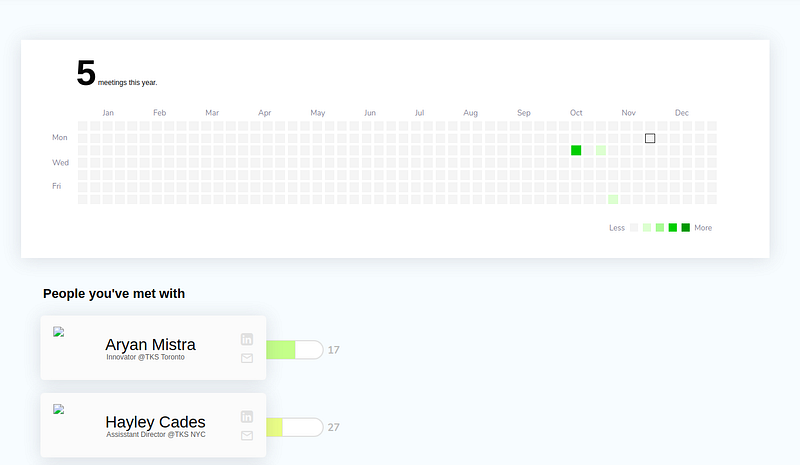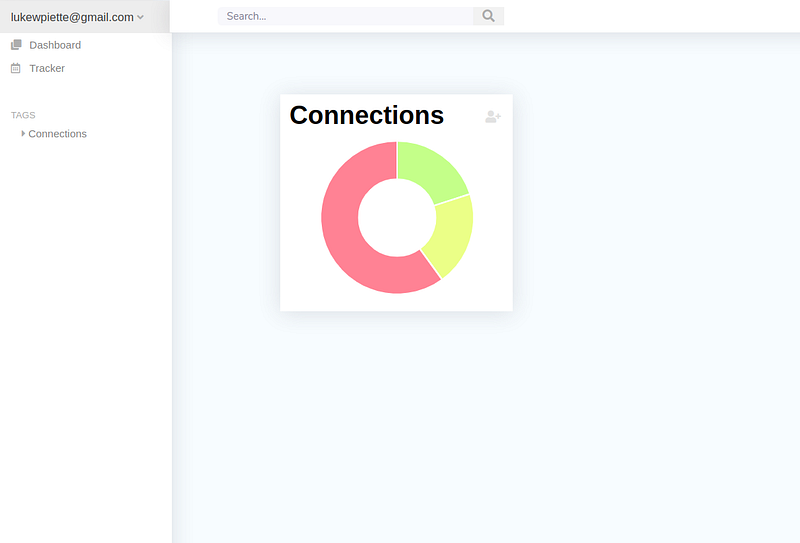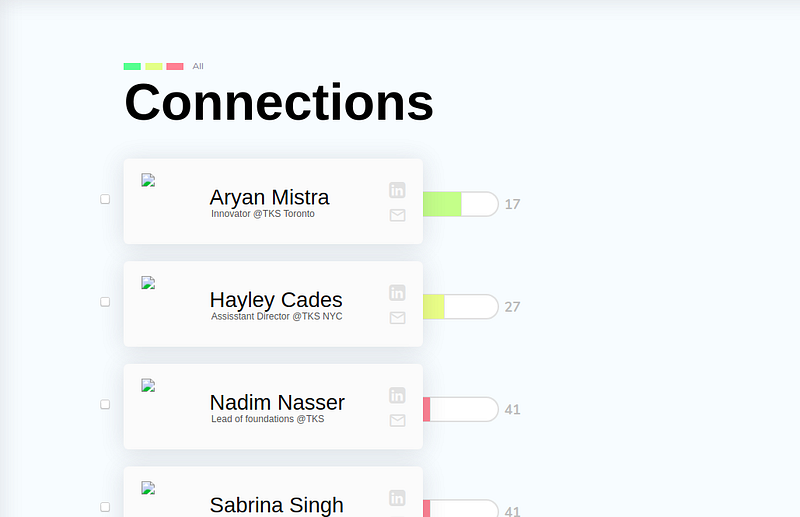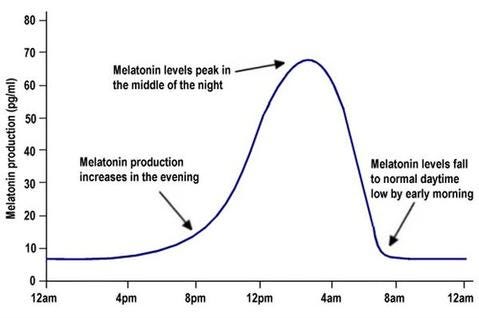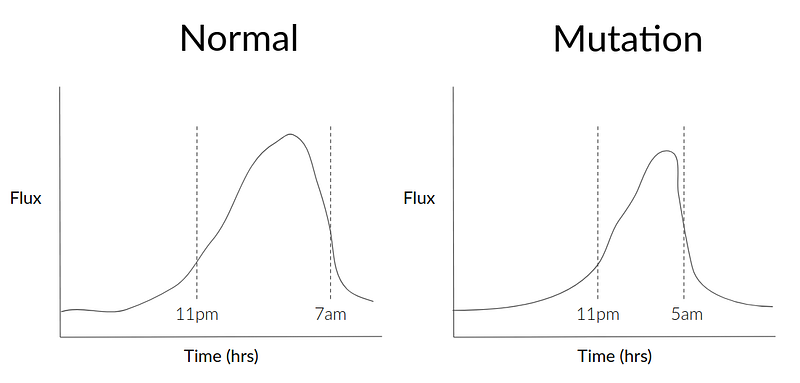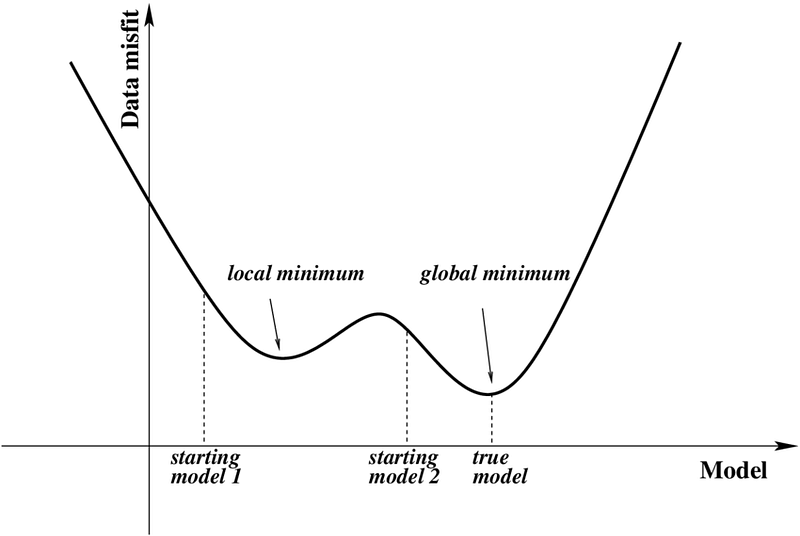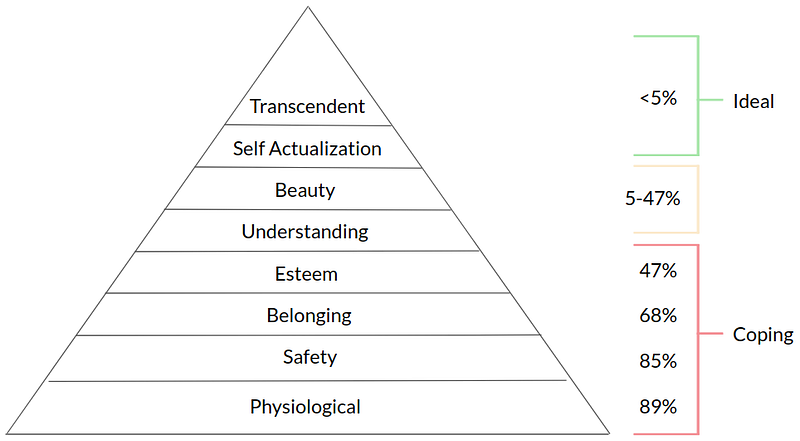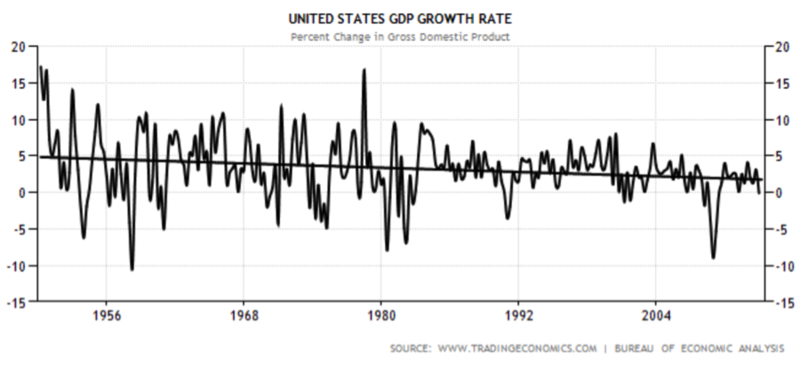“Do I really look like a guy with a plan? I’m a dog chasing cars — I wouldn’t know what to do with one if I caught it”
- The Joker
I think it’s really easy for us to invent problems, then invent solutions to those imaginary problems. Here’s an example: instagram is great for sharing pictures with your friends and exploring what other people are sharing, but it’s difficult to find curated content. Why isn’t there an instagram specifically for animals? That way, all the pet owners could connect and create social circles with each other. There could be an “ask me anything” live stream feature where dog owners could ask experts on how to train their dogs. Plus, all the animal food / service companies would hop on and pay the most popular animals’ owners to promote their content. It makes sense right?
Not really. If you were really interested in animals, you could just follow specific pet own accounts on Instagram. Pet product promoters already exist, you wouldn’t be adding value to those companies. Plus, you can already reach out to people and create your own mini pet communities if that’s what you’re into, it’s not like instagram blocks all pet owners from coming in contact with each other.
“But it makes things so much easier… With Instapaw, you don’t need to go through the trouble of curating your own content and reaching out to communities of owners, we do that for you!”
That’s often the argument for any shitty idea. It “makes things easier”, “gives people more options”, “is curated for XYZ consumer instead”. In the end, it’s usually either an incremental improvement for a specific use case or just an over complicated feature for a market that isn’t interested.
Other times, we like to come up with ideas cause it’s fun. “Man imagine if I could do this! That would be so cool! I have to start building that right now”. We jump quickly into execution mode without being smart about how our time is being invested. I’ll give you an example: I built a CRM to track my meetings over the year the valuable information I learned from specific people. Seemed like a great idea, so I just started building. What I realize now is that a good indicator of a real problem is if you’ve actually tried a bunch of solutions before but they didn’t work. If I had tried spreadsheets, other tools like Dex, Notion, etc. and never found the right fit, then it would probably have been something worth pursuing. What I realized after I built it was that I was like a dog chasing cars, once I actually got to the car I didn’t know what to do. In the end, I didn’t end up really using my product. I was too excited by the process to focus on the outcome.
When it comes to figuring out if an idea is low quality or high potential, the best thing to do is to ask objective questions to figure out if there’s a market or not. “What is the problem?” for ex, shouldn’t hard to answer. There should be a very clear response to all of the questions below (stolen from Paul Graham, Sequoia, and Peter Thiel).
After building a few products that I never used, that didn’t work, and that didn’t have a proper market to gain traction, I thought I’d go one by one and figure out why each question is so important.
- Describe your company in 50 characters or less.
If it takes you too long to describe your company, usually the vision isn’t clear. “We’re a SaaS company that provides this service to allow for this thing but that also does this as a side effect to help that kind of person do this better…” When you can’t even properly explain your product in less than 50 characters, usually you don’t have a proper problem pinned down and are thus unclear on what your core value proposition is.
- What is the problem your company is trying to solve?
If you’re company isn’t solving some kind of problem, most likely people won’t go out of their way to use the product. It might be a cute “add-on” that gains some traction but won’t be a sustainable business model.
- Describe the pain of your customer — how is this addressed today and what are the shortcomings of current solutions?
A good indicator of if something is a problem or not is how much it emotionally affects people. If people spend 1hr a day on this thing, but it doesn’t bother them, then there’s less opportunity vs people spending 10min a day, but being super annoyed that they have to. Anger is always a good metric of how bad an experience is. If your core users are very angry with what they have to use today and you’re providing a better solution, than that’s usually a good sign.
- Why did you pick this idea? Do you have domain expertise in this area? How do you know people need what you’re making?
Snapchat is pretty easy to build. If you asked me to build it today, I could probably give you something pretty similar in 3–4 weeks. Same thing applies to instagram, twitter, facebook, etc. The reason they’re still around is because they pioneered the space of ___ (social networking, blogging with pictures, chatting with images, etc.), but if they went out of business tomorrow, you would see hundreds of other companies reabsorbing their users. The only reason people aren’t switching away from facebook today is because they already have a bunch of friends and communities on the platform and couldn’t leave unless everybody else was on another platform.
If you have very specific domain expertise in the field where you’ve found an opportunity, you’ll have a competitive advantage over anyone else trying to solve the same problem. You’ll also have a much better grasp on the problem and how to fix it since you’ve probably experienced it first hand.
- What do you understand about your business that other companies in it just don’t get?
Goes hand in hand with the last question. What domaine expertise do you have on this industry that your competitors don’t? What places you at an advantage vs competitors? What makes you capable of scaling this product?
- What’s new about what you’re making? What substitutes do people resort to because it doesn’t exist yet?
If you’re re-creating a product that already exists, you’re chances of success are much lower. 1) If the company has been around for a while and has a solid team but doesn’t have many users, then they probably just don’t have product market fit in which case you should pivot away from that idea. 2) If the company exists and has had previous growth but isn’t growing any more, then they’ve probably reached the majority of users in that niche market and you need to figure out a better way to solve the problem that expands the market. 3) If the company is pretty young and has had some pretty good success already (user retention, revenue, NPS, etc) and isn’t showing signs of slowing down, then you might want to be the competitor if you can execute better and have a higher chance of bringing your vision to fruition.
But as a general rule, you want to avoid recreating a product that already exists. You need to have some sort of unique form of value add to the user. If users are using shitty products as substitutes, like Excel or Drive, and are frustrated, then you’re probably on to something.
- Why now? Nature hates a vacuum — so why hasn’t your solution been built before now?
Why is today the best time to pursue this idea? Why couldn’t it have been done before? Why couldn’t it be done in the future? Maybe before code wasn’t open source, or there were no APIs for XYZ, or whatever it might be. If the product is easy to build and has never been attempted in the past, usually thats a bad sign. Low hanging fruits are collected 99% of the time. If it could have been built before but wasn’t, it’s probably because someone tried and failed. In which case, maybe they sucked at executing, scaling the business, recruiting talent, or whatever it might be and that’s why they failed. But usually, someone with the right skill set would have identified the problem and stepped in.
- How will you get users, and if you’re a marketplace how will you overcome the chicken and egg problem?
This has been a big road block for me in the past. For example, I built a platform for daily updates, basically a way to keep yourself and your close friends accountable on their progress updates. I was the target user, since I always hated sending daily updates on slack and other mediums. I built a bot that would automate sending for me, but then I was thinking “why doesn’t everyone use a bot like this?”, so I just built a centralized platform. Problem is, since it’s a very social app, people won’t use it unless others do, and it’s quite a pain to convince all your friends to move to another platform, so may as well just stay on slack. Paypal had a similar chicken and egg problem where they wanted people on ebay and craigslist to use paypal as their form of payment, but no one would sign up unless the person they were selling to or buying from signed up. To hack this, they bought a bunch of random small stuff on ebay and craigslist and asked the sellors to get paypal so they could make the exchange. That created a domino effect that kept on growing as people would ask other people on the platform to use paypal too.
- Are you starting with a big share of a small market?
Depending on your product, usually it makes more sense to go for a small share of a big market if the market is relatively empty of competitors. That way, there’s a much higher potential for growth.
- How will you make money? How much could you make? Give your best estimate.
If you can’t figure out a way to monetize the product, that’s usually a sign that you’re not really solving a big problem. Think about it this way, if someone gave you a cure for aging and you were able to stay forever young, you would probably pay a shit ton of money for it. On the other hand, if someone gave you an app that let you put funny filters on your pets, you probably wouldn’t pay anything for it. If you can monetize your product without drastically shrinking your user base, usually that’s a good sign that you’re solving a real problem. The best way to figure out if people will actually pay for what your making is to go out and ask them. Ex: “Would you pay 20$ a month if I could reduce your time spent on XYZ by 1hr a day?”.
- Vision — if all goes well, what will you have built in 5 years?
Vision is a good indication that the founder is tackling a real problem and is dedicated to solving it. If the product vision is 1–2 years, that’s OK, but it probably won’t have much effect on its users. Imagine if Google had a 2 year timeline, they would’ve never scaled and made the product what it is today.
- Will your market position be defensible 10 and 20 years in the future?
Peter Thiel likes to invest in startups that are solving really challenging problems, like climate change, poverty, etc. He asks this question as a measure of how impactful the product / problem your tackling is. Climate change with 99% still be a problem in 10–20 years. Aging with 99% still be a problem in 10–20 years. Instapaw probably won't, which is why that idea would never get a penny from the Thiel man.
This was an accumulation of some of the stuff I learned over the last few months listening to smart founders and failing myself. Usually if these questions are hard to answer, the product / company couldn’t sustain long term growth.












